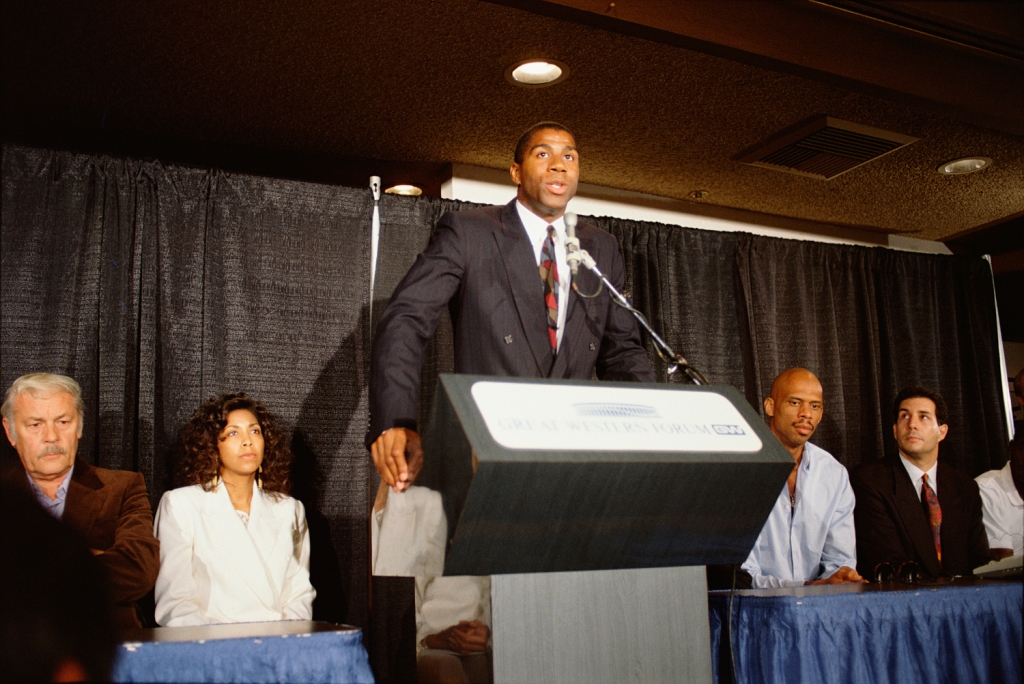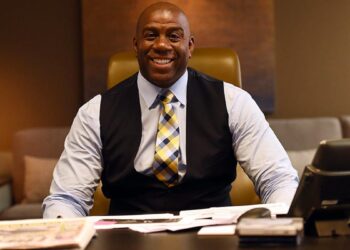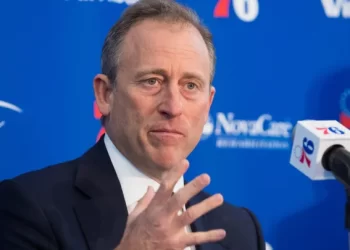By: Zachary Draves
It was one of those transcending cultural moments that rocked us to the core. Pearl Harbor, JFK Assassination, 9/11, to name a few.
A flash-point for a generation that can tell you to this day where they were when they heard the news.
30 years ago, on Nov. 7, 1991, Magic Johnson announced to the world that he was retiring from basketball due to him being diagnosed with the HIV virus.
After leading the Showtime LA Lakers to five NBA championships in the 1980’s and winning three MVP awards, Magic’s disclosure was a major shock and opened the eyes of those living in denial about the reality of the HIV/AIDS epidemic.
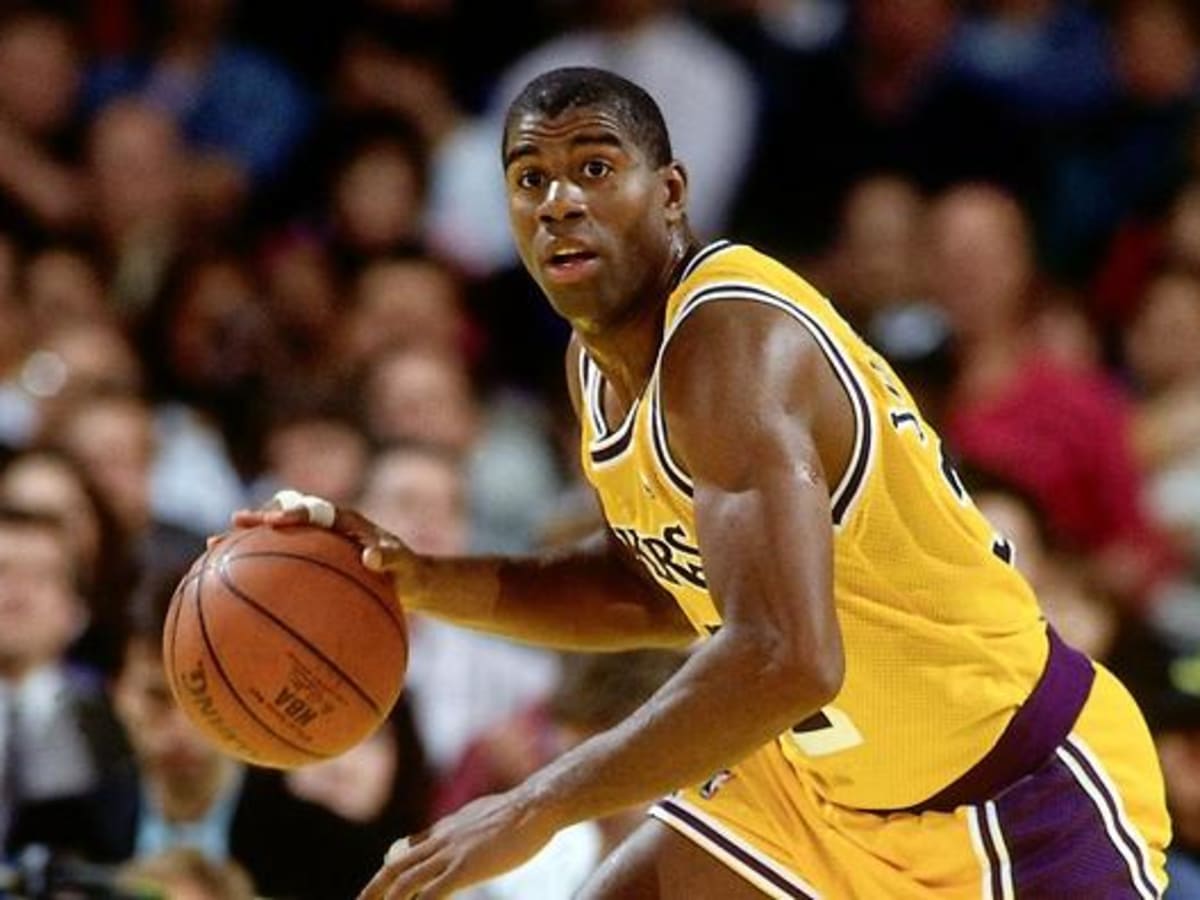
(Courtesy: Sports Illustrated)
At the time, the conventional and cultural notion was that HIV/AIDS was an immediate death sentence and a virus that primarily affected gay men and intravenous drug users which carried an added stigma rooted in bigotry, prejudice, fear, and paranoia.
Also the federal government under Reagan/Bush was woefully inadequate in its response to the virus in part because of who it was impacting.
As a result, medications were slow to come by, treatment was nonexistent, and people living with the virus were essentially shunned from public life.
But when Magic came out, he did what he does best, he changed the game.

(Courtesy: Youtube)
He let it be known that anybody could catch this virus and that it is incumbent upon all of us to do what is necessary to save and protect lives through education, care, and treatment.
His visibility helped spearhead some of the most transformative policy, medical, and cultural changes needed to combat this crisis.
In the NBA, then commissioner David Stern, who was already overseeing a massive surge in popularity for the game, in large part due to Magic, took it upon himself to consult with some of the nations top HIV/AIDS experts to institute a number of policies within the league to help mitigate the spread of infectious diseases.
The concern at the time was that because HIV is contracted through the exchange of bodily fluids such as blood that any player bleeding would pose a risk.
Therefore, David Stern along with his panel of experts did all they could to educate the players, coaches, and owners regularly on what causes the virus and how one can get it to calm any potential fears.
Due to those macro level changes along with the love and adoration of the fans, Magic was cleared to play at the 1992 NBA All Star Game in Orlando where he famously was welcomed with opened arms and scored 25 points, dished out nine assists, obtained five rebounds, and grabbed two steals earning the MVP in the process.
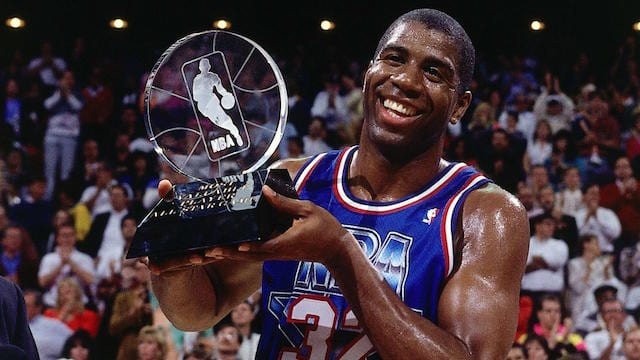
(Courtesy: Laker Nation)
Then he found a spot on the legendary Dream Team that steamrolled their way into history at the 1992 Barcelona Olympics.
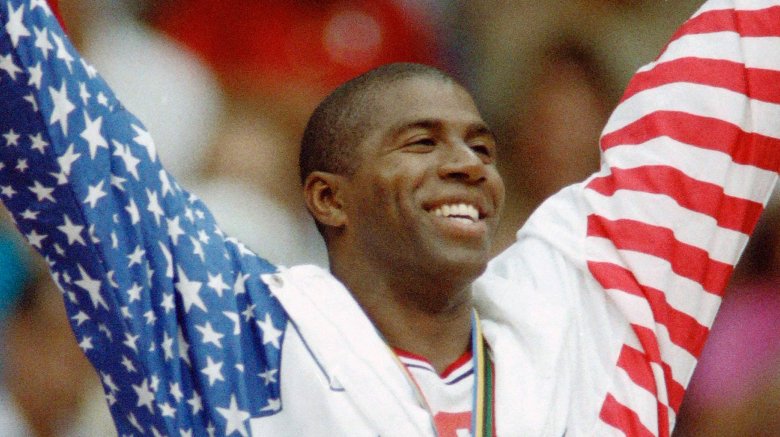
(Courtesy: Grunge)
Even though players such as Karl Malone and Mark Price openly expressed dismay at the thought of Magic playing, the policy protocols and educational endeavors started to slowly ease anxieties.
Also, Magic’s activism and foundation work was instrumental in doing the education and allocating resources to communities being ravaged by the virus.
In the medical community, Magic’s visibility came at a time of major breakthroughs in treatment most notably the so-called “HIV Cocktail” in 1996, a combination of antiretroviral medicines taken at once that has been proven to stop HIV from metastasizing in one’s body and maintaining a healthy immune system.
This remarkable remedy is something that Magic has been taking since he was first diagnosed and has allowed for him and others to live and thrive with the virus.
On the cultural front, Magic used his tremendous platform to speak his truth and cultivate space within sports and entertainment for more dialogue and compassion.
A notable example was Magic going on The Arsenio Hall Show the day after his announcement and confidently stating that he was here to stay and giving confidence to those living with the virus. 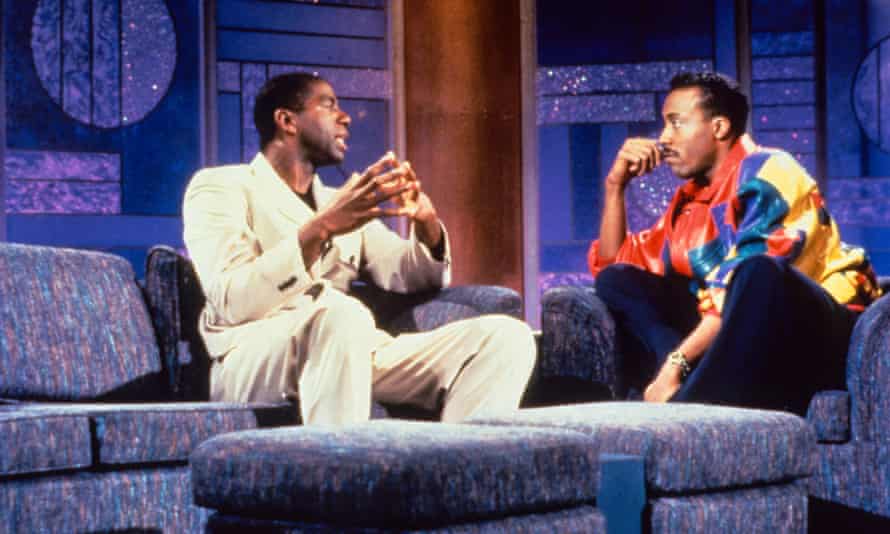
(Courtesy: The Guardian)
Around that same time, he was a special guest on Nick News on Nickelodeon hosted by the legendary Linda Ellerbee in which he was talking to children about the virus including two who were also HIV positive notably well known HIV activist Hydeia Broadbent.
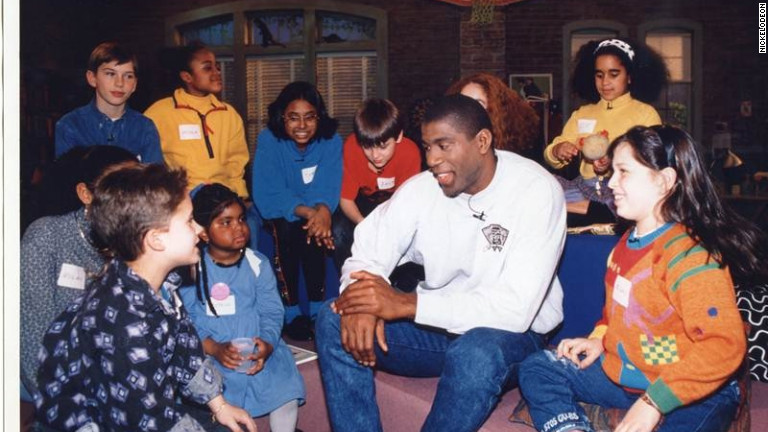
(Courtesy: CNN.com)
Also, he and his good friend Arsenio teamed up with other celebrities on the historic educational video project Time Out: The Truth About HIV released in 1992 that was geared toward educating young people about the virus, dispelling myths, and acknowledging realities.

(Courtesy: Imdb)
Meanwhile, a cultural renaissance was underway in television, music, and movies as HIV/AIDS awareness became the center stage.
It is hard to believe that it has been thirty years and it is remarkable to see Magic still lighting up our lives with his exuberance and his legendary smile.
He is now one of the most powerful businessmen in America and still advocates for those living with HIV/AIDS. 
(Courtesy: Entrepreneur)
But even he will tell you that there is still much more work to be done for the 1.2 million Americans who currently have HIV/AIDS according to HIV.gov
The stigma is still there and some of the present-day life-saving medications available such as PREP are out of reach for many.
Racism, classism, misogyny, homophobia, and transphobia contribute to inequities in treatment and care and because of that these oppressive systems have to be abolished in order to save lives.
We’ve come so far but we still got so far to go.
But there is still some Magic in the air.


 NFL
NFL